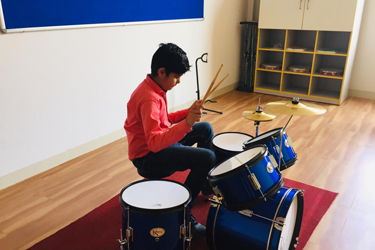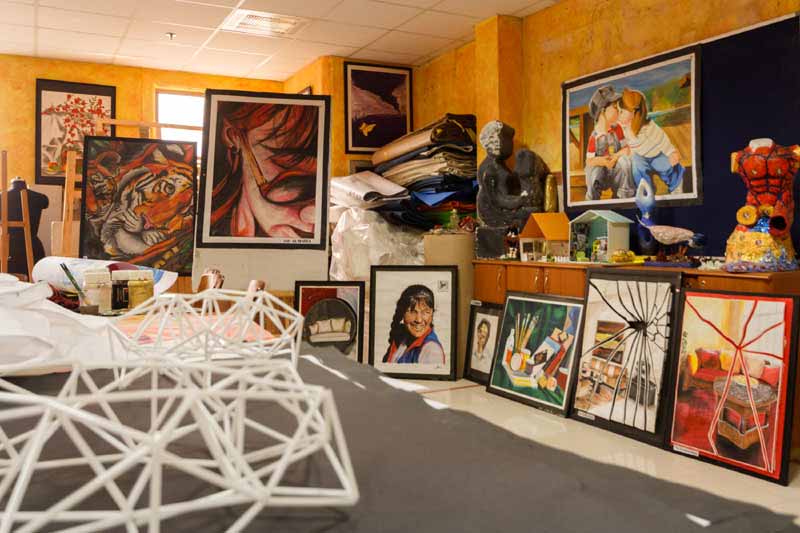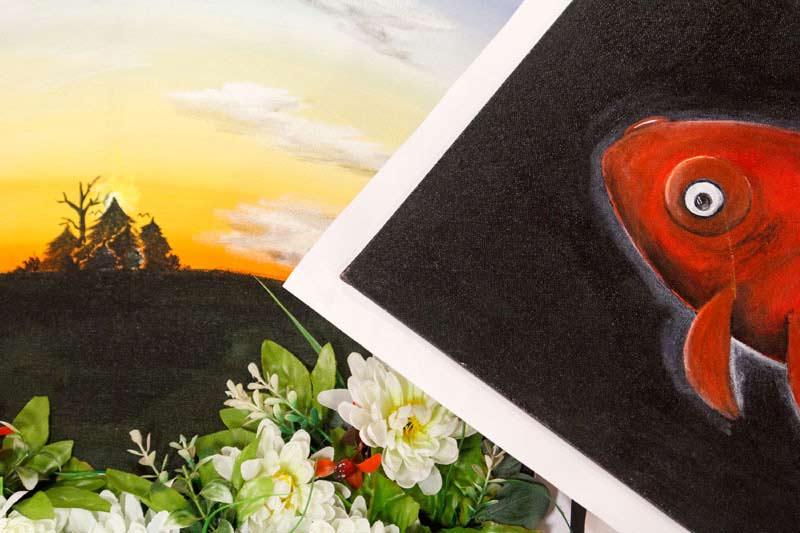Co-curricular Activities
There are exciting co-curricular activities which are woven into the academic timetable and which take place during the activities periods.
FINE ARTS:
Children are given exposure to the Fine Arts through activities in the Performing and Visual Arts.
Sing, dance, draw, mould a pottery vase or learn the to play musical instruments – children can do it all at GDGGS! Each activity gives unique opportunities for creativity and development that caters to a child’s passion and interest.
PERFORMING ARTS
DANCE

― Friedrich Nietzsche
MUSIC

― Bob Marley
THEATRE

― Oscar Wilde
VISUAL ARTS:
Art is a rendering of the world, as is one’s own experience within it. In this process of creating art forms, we encourage our children to consider the visual arts as an area to create content, by being influenced in other areas of learning, to ensure they develop artistic skills that are relevant in this visual age.
Learning techniques extend beyond how to draw, mix paint or mould a pot, children are taught to observe, envision, innovate and reflect. With emphasis on developing and strengthening the mind, we believe children should be given tools that impact their lives in school and beyond.



Works of art are windows into the minds of our student artists. Even a mere study of art ‘provides an excellent setting for the development of better thinking, for the cultivation of what might be called the art of intelligence’. (The Intelligent Eye: Learning to Think by Looking at Art by David N. Perkins).
In many ways, children can envisage a world that is different from the world they know, and thus art education opens the possibility of creating new worlds, rather than simply accepting the world as it is. As Emily Dickinson wrote: ‘Imagination lights the slow fuse of possibility’.

